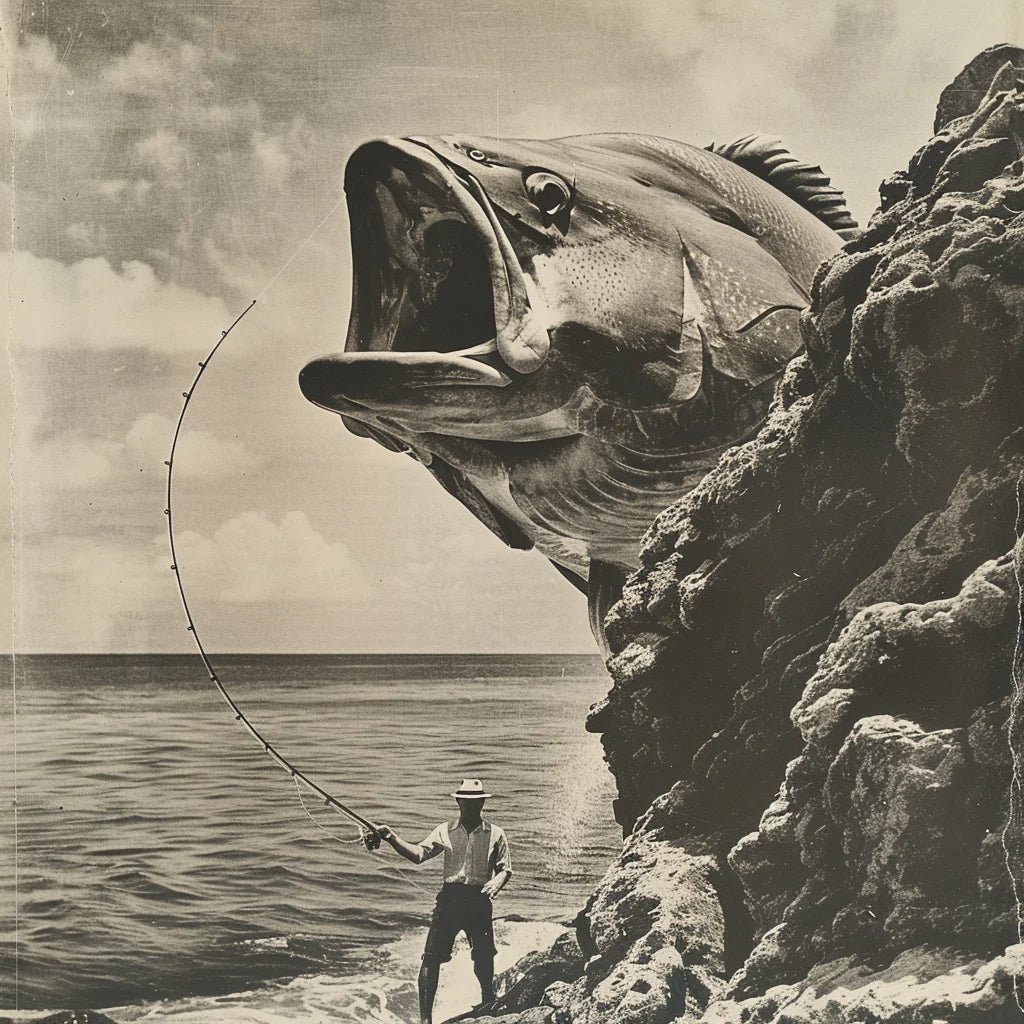
Mastering the Art of the Hook: Avoiding Common Pitfalls to Land More Fish
🏄♂️ Cast Further & Catch More with These Must-Haves
✅ Casting Trigger – Protect fingers & cast further
✅ Bait Shields – Perfect for long surf casts stops windmill baits
✅ Beak Hooks – Sharp as for better hook ups
🎯 Order Now & Fish Smarter Tomorrow!
Pulled Hooks: Every angler has felt the heartbreak of a fish lost to a pulled hook. While it's easy to blame the hardware the truth is that hook pulls are often the result of a complex interplay of gear and technique.
Understanding these dynamics can turn missed opportunities into triumphant catches. This weeks article delves into the common causes of hook pulls and offers expert advice on how to keep your catch on the line.
The Myth of the Perfect Hook: Many anglers attribute lost fish to the perceived quality of their hooks. Often anglers criticize them for being too soft, too small, or not sharp enough.
While hook selection is crucial it's seldom the sole culprit in lost catches. The real issues often lie elsewhere in the gear and techniques employed by the angler.
Rod Dynamics and Their Impact: A common oversight is the choice of rod. Stiff fast-action rods while popular for their power and heavy casting weights have a downside. They lack the flexibility to absorb shocks effectively such as those from a fish's sudden headshake. This rigidity can cause a small but critical amount of slack in the line offering just enough leeway for a fish to throw the hook.
The most often overlooked weak link in the whole thing is the inability of these rods to absorb shock. This can exert undue force on the hook potentially tearing through the fish's soft mouth tissue and leading to a lost catch.
The Role of Line and Drag Setting: Equally pivotal is the choice of line and the setting of the reel's drag. It's not uncommon to see anglers using heavy line with the drag set just shy of the line's breaking point.
This heavy drag approach neglects the fact that a fish's mouth is unlikely to withstand such pressure especially without the cushioning effect of a more forgiving rod. The result is an increased likelihood of hook pulls particularly in the heat of the battle when the fish is close and the rod and line are least effective at absorbing shock.
Strategies for Reducing Hook Pulls:
-
Opt for a Medium-Action Rod: A longer, medium-action rod is more adept at absorbing shocks and quickly taking up slack line reducing the chances of a hook pull. It's like a spring constantly keeping the line tight.
-
Adjust Your Drag: Use lighter drag settings especially when the fish is close. This not only minimizes the risk of tearing the hook free but also engages the drag system more effectively even when the line is short and the rod is less able to cushion shocks.
-
Fight Smart, Not Hard: Resist the urge to "skull drag" your catch or pump it in aggressively especially when targeting open water species like bonito that are less likely to seek refuge in structure. A more measured approach would be allowing the fish to tire while maintaining steady pressure. This will greatly increase your success rate.
Slow Down a Little: Hook pulls are a frustrating yet integral part of fishing that every angler seeks to minimize. By reevaluating our gear choices and adapting our techniques we can significantly reduce the likelihood of losing fish in this manner.
Remember, the key to a successful catch is not just the strength of your hook, but the synergy of your entire setup and approach. With the right rod in hand, a properly set drag, and a tactical fight on the line you'll turn the tide in your favour landing more fish and making each outing a memorable one.
🏄♂️ Cast Further & Catch More with These Must-Haves
✅ Casting Trigger – Protect fingers & cast further
✅ Bait Shields – Perfect for long surf casts stops windmill baits
✅ Beak Hooks – Sharp as for better hook ups
🎯 Order Now & Fish Smarter Tomorrow!

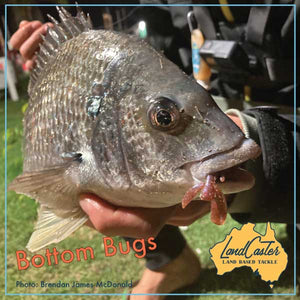
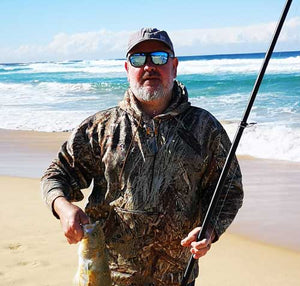
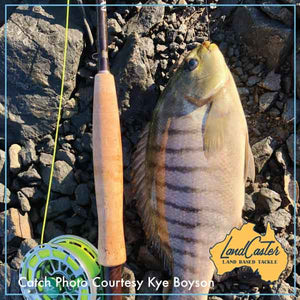
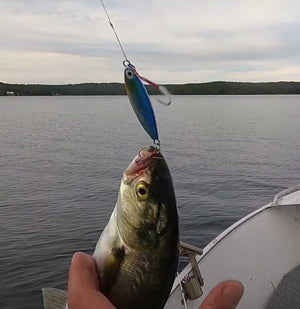
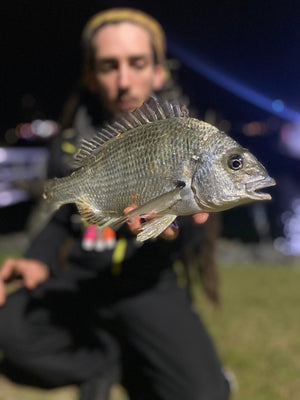
Leave a comment